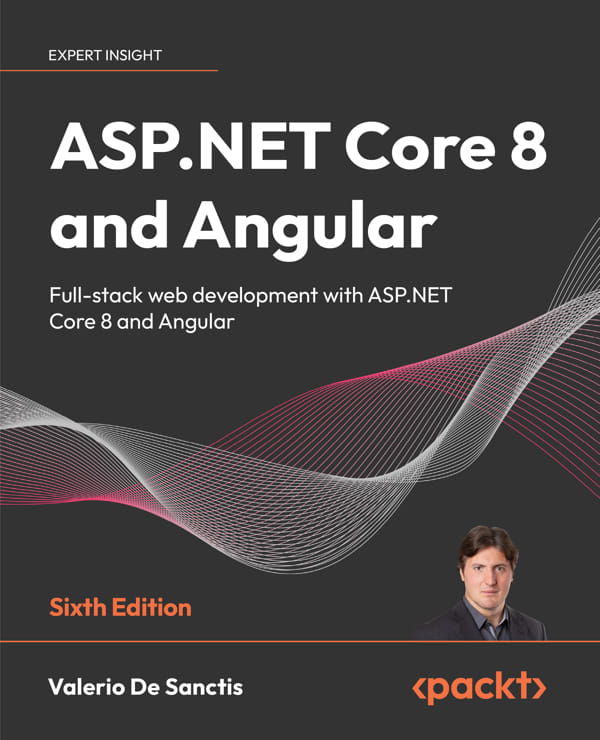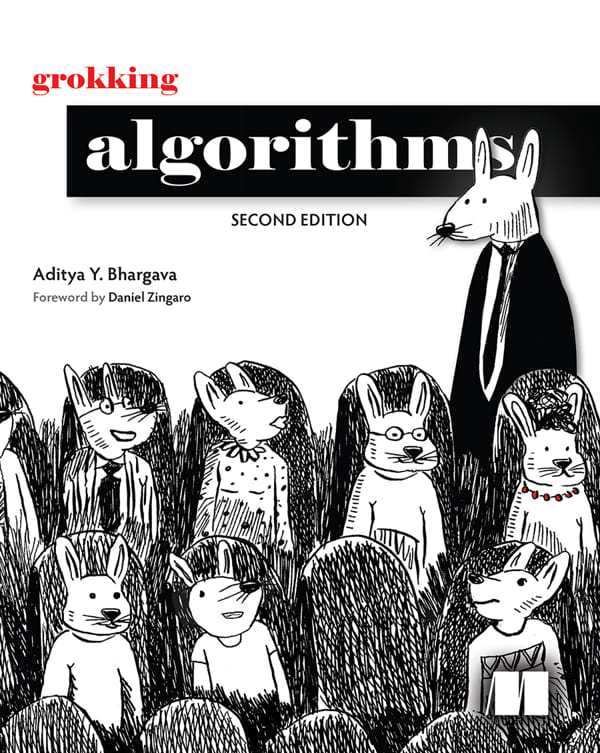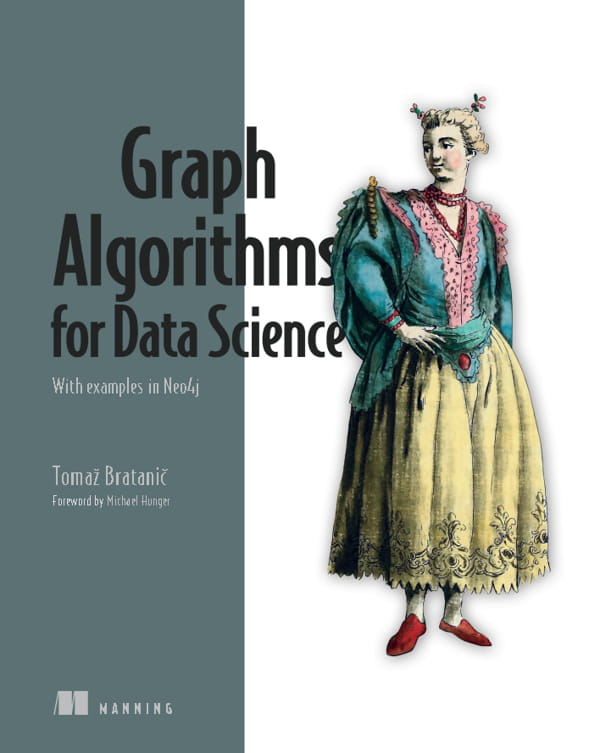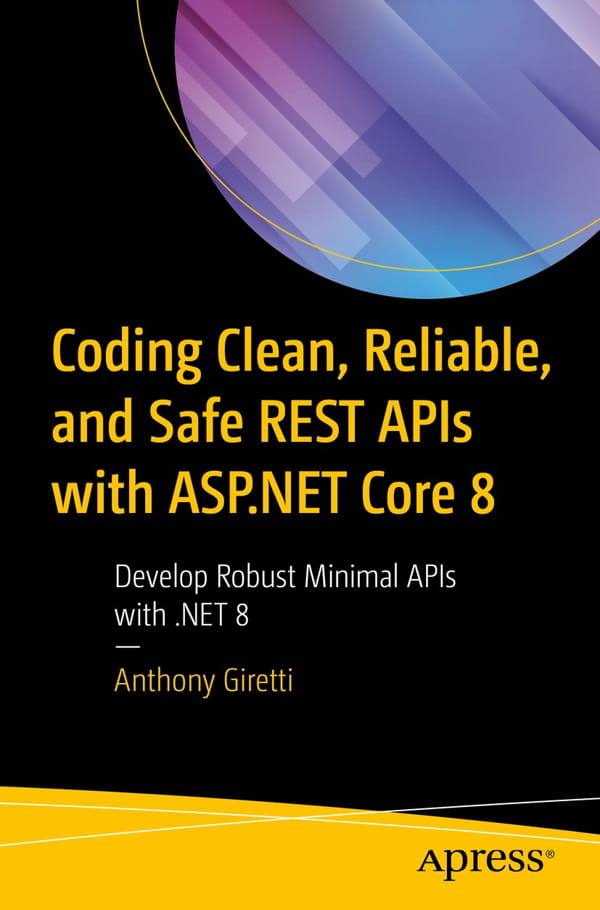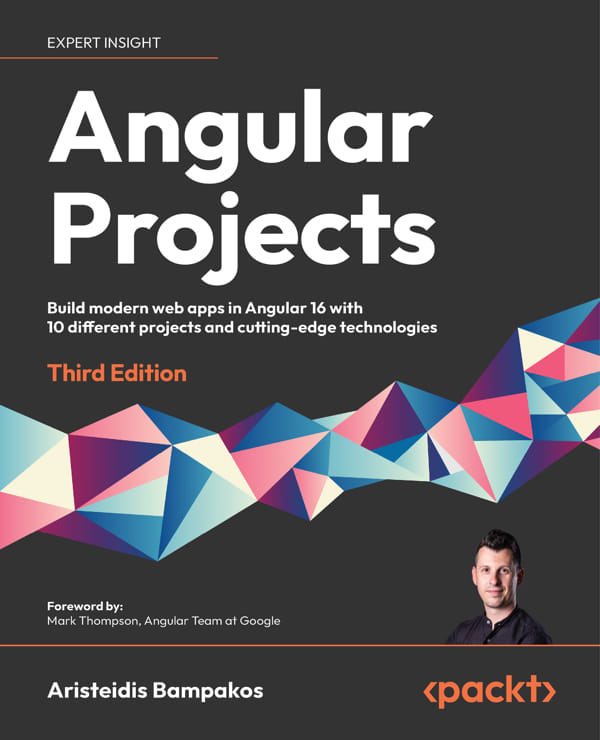Computer Architecture: A Quantitative Approach, 5th Edition
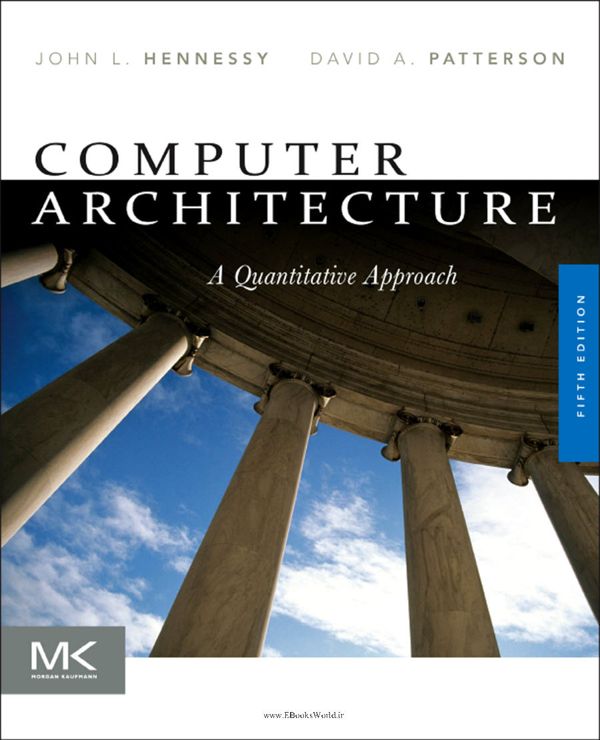
در ویرایش پنجم کتاب Computer Architecture: A Quantitative Approach ( معماری کامپیوتر نوشته دیوید پترسون)، هدف این بوده است که اصول اساسی که زیر بنای پیشرفتهای تکنولوژیکی آینده خواهند بود را شرح دهیم. چیزی از هیجان ما در مورد فرصتهای موجود در معماری کامپیوتر کم نشده است و حرفی را که در ویرایش اول، دربارهی این زمینه گفته بودیم را باز تکرار میکنیم: " بحث ما در این کتاب طراحیهای حوصله سر بر از ماشین هایی نیست که فقط جنبهی علمی دارند و هیچ گاه کار نخواهند کرد، نه! بلکه هدف ما نظم دادن به علاقه مندیهای روشن فکرانه، نیاز به تعادل بین قدرت بازار و هزینههای تولید، کارایی و قدرت (ماشین) است، که ماحصل آن یا شکست هایی با شکوه خواهد بود و یا به پیروزی هایی قابل توجه میانجامد."
هدف اصلی ما از نوشتن اولین کتابمان، تغییر دادن طرز فکر افراد در یاد گرفتن معماری کامپیوتر بود. احساس میکنیم که این هدف هنوز هم مهم و درست است. این رشته هر روز تغییر میکند و به جای اینکه به سادگی با مجموعه ای از تعریفها و طراحی هایی که هیچ وقت احتیاج به فهمیدن ندارند، باید با مثالهای واقعی و اندازه گیریها بر روی کامپیوترهای واقعی مطالعه شود. ما با افرادی که اکنون میخواهند به ما ملحق شوند به مانند افرادی که از گذشته کنارمان بودند ، مشتاقانه استقبال میکنیم. در هر صورت، ما همان رویکرد کمی و آنالیز سیستمهای واقعی را میتوانیم قول بدهیم.
به مانند نسخههای قبلی، ما تلاش کرده ایم تا ویرایش جدید هم مربوط به مهندسان و معماران حرفه ای باشد و هم مربوط باشد به کسانی که درگیر دروس طراحی و معماری کامپیوتر پیشرفته شده اند. همانند نسخه اول بر روی پلتفرمهای جدید مثل دستگاههای همراه شخصی و کامپیوترهای با مقیاس warehouse و همچنین معماریهای جدیدی همچون چند هسته ای و GPU ها، تمرکز شدیدی داریم. همانند ویرایشهای قبلی این کتاب در این ویرایش نیز سعی شده تا با تاکید بر روی ایجاد تعادل بین قیمت-کارایی-انرژی و طراحی خوب مهندسی شده، معماری کامپیوتر را به شما یاد بدهد.
The computing world today is in the middle of a revolution: mobile clients and cloud computing have emerged as the dominant paradigms driving programming and hardware innovation today. The Fifth Edition of Computer Architecture focuses on this dramatic shift, exploring the ways in which software and technology in the cloud are accessed by cell phones, tablets, laptops, and other mobile computing devices. Each chapter includes two real-world examples, one mobile and one datacenter, to illustrate this revolutionary change.
• Updated to cover the mobile computing revolution
• Emphasizes the two most important topics in architecture today: memory hierarchy and parallelism in all its forms.
• Develops common themes throughout each chapter: power, performance, cost, dependability, protection, programming models, and emerging trends ("What's Next")
• Includes three review appendices in the printed text. Additional reference appendices are available online.
• Includes updated Case Studies and completely new exercises.
The computing world today is in the middle of a revolution: mobile clients and cloud computing have emerged as the dominant paradigms driving programming and hardware innovation today. The fifth edition of Computer Architecture focuses on this dramatic shift, exploring the ways in which software and technology in the cloud are accessed by cell phones, tablets, laptops, and other mobile computing devices. Each chapter includes two real-world examples, one mobile and one data center, to illustrate this revolutionary change.
• Updated to cover the mobile computing revolution.
• Emphasizes the two most important topics in architecture today: memory hierarchy and parallelism in all its forms.
• Develops common themes throughout each chapter: power, performance, cost, dependability, protection, programming models, and emerging trends ("What's Next").
• Includes three review appendices in the printed text. Additional reference appendices are available online.
• Includes updated case studies and completely new exercises.
New this Edition
• Each chapter includes two new, real-world examples, one mobile and one data center, to illustrate the revolutionary change to personal mobile devices and cloud computing.
• Expanded and improved coverage of multicore and GPU architectures.
• Completely new chapters on warehouse-scale (cloud) computers (Chapter 6) and vector processors and GPUs (Chapter 4).
• New "Putting it All Together" sections exploring real-world applications, including the pipeline organizations and memory hierarchies of the ARM Cortex A8 processor; the Intel core i7 processor; the NVIDIA GTX-280 and GTX-480 GPUs; and warehouse-scale computing at Google.
• Improvements and updates throughout, including updated performance analysis data featuring the new SPECPower benchmark.
Table of Contents
Chapter 1. Fundamentals of Quantitative Design and Analysis
Chapter 2. Memory Hierarchy Design
Chapter 3. Instruction-Level Parallelism and Its Exploitation
Chapter 4. Data-Level Parallelism in Vector, SIMD, and GPU Architectures
Chapter 5. Thread-Level Parallelism
Chapter 6. Warehouse-Scale Computers to Exploit Request-Level and Data-Level Parallelism
Appendix A. Instruction Set Principles
Appendix B. Review of Memory Hierarchy
Appendix C. Pipelining: Basic and Intermediate Concepts
 می پسندم
می پسندم
 به درد نمی خوره
به درد نمی خوره





